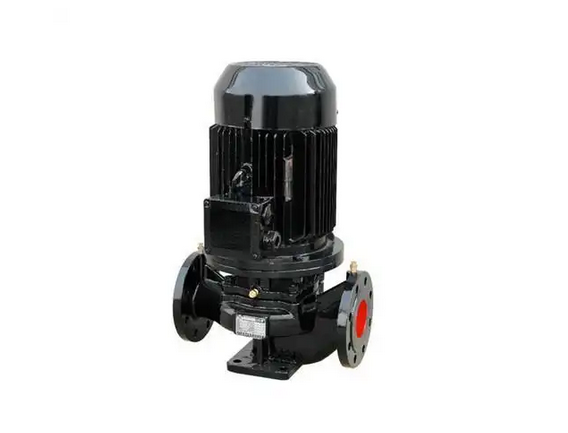Submersible sewage pump flow path and material
Submersible sewage pump is an important drainage equipment. Its flow channel design and material selection have an important impact on the performance and service life of the pump. The following is a detailed analysis of the flow channel and material of the submersible sewage pump:
1. Submersible sewage pump flow channel
The flow channel design of the submersible sewage pump mainly takes into account the characteristics of sewage and the pump's conveying efficiency. The flow channel is usually designed to be non-blocking and anti-entanglement to ensure a unique effect when discharging solid particles and long-fiber garbage. In addition, the shape and size of the flow channel will also be adjusted according to the specific conveying medium and flow requirements to achieve the best conveying effect.
2. Submersible sewage pump material
The material selection of the submersible sewage pump mainly takes into account factors such as the corrosiveness of sewage, the wear resistance of the pump, and the service life. Common submersible sewage pump materials include the following:
Cast iron: Cast iron has high strength and wear resistance and can withstand greater pressure and impact. It is suitable for occasions with large drainage volume and poor water quality, such as sewage treatment plants, industrial wastewater discharge, etc. However, cast iron is prone to casting defects such as pores, and is heavy, making installation and maintenance relatively difficult.
Stainless steel: Stainless steel has excellent corrosion resistance and can work stably for a long time in harsh water quality environments. At the same time, stainless steel also has good toughness and strength, and can withstand certain pressure and deformation. Stainless steel outlets are suitable for occasions with high water quality requirements and strong corrosiveness, such as seawater discharge, chemical wastewater treatment, etc.
Plastic (PVC, PE, etc.): Submersible sewage pumps made of plastic have the advantages of light weight, low price, and easy installation. It is suitable for occasions with small drainage volume and good water quality, such as household drainage, rainwater discharge, etc. However, the wear resistance and corrosion resistance of plastic materials are relatively poor, and the service life may be short.
FRP: FRP has the characteristics of light weight, good heat resistance, and is easy to shape. But it has the disadvantages of poor corrosion resistance (especially seawater) and poor mechanical strength, especially poor performance at high temperatures.
Nylon plastic: Nylon plastic has good mechanical strength, but poor toughness and poor high temperature resistance. However, because its aging resistance and service life are better than general synthetic materials, it is also widely used.
When choosing the material of a submersible sewage pump, comprehensive consideration should be given to the specific use environment and needs. For example, in a highly corrosive environment, corrosion-resistant materials such as stainless steel should be selected; in situations where the displacement is large and needs to withstand high pressure, high-strength materials such as cast iron should be selected.

In short, the flow channel design and material selection of a submersible sewage pump are crucial to the performance and service life of the pump. In actual applications, comprehensive consideration and selection should be made based on the specific use environment and needs.




